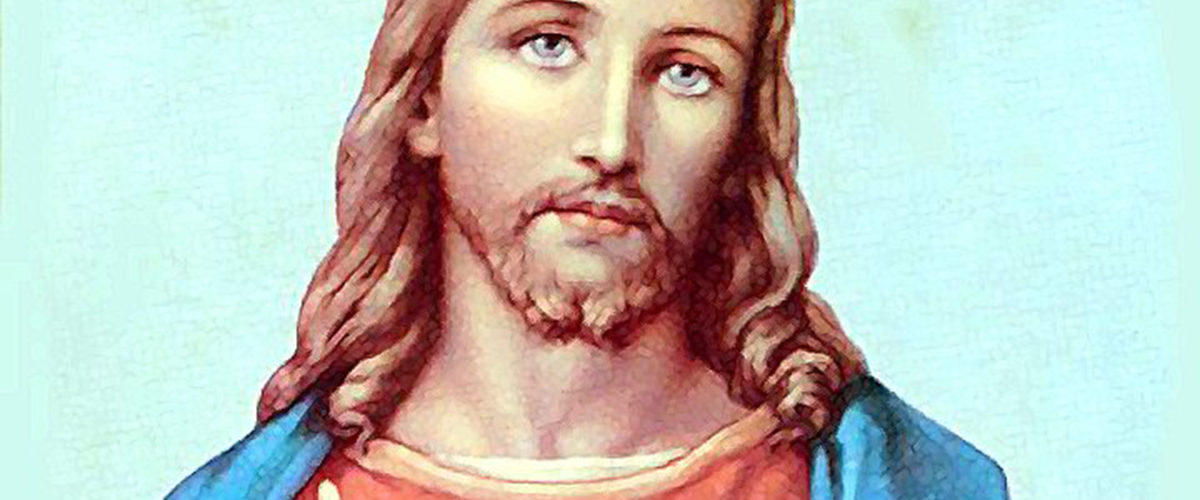 As a youth I held the title state champion in Bible drill, but was a terrible failure at dating. I suspect those two subjects were related. Scoring a second date was always beyond my grasp, but I could recite almost the entire second chapter of Philippians from memory. I was overachieving in things that mattered, my Southern Baptist elders assured me. And I was OK with that. The money I did not spend on dates was freed up for regular visits to the Christian bookstore.
As a youth I held the title state champion in Bible drill, but was a terrible failure at dating. I suspect those two subjects were related. Scoring a second date was always beyond my grasp, but I could recite almost the entire second chapter of Philippians from memory. I was overachieving in things that mattered, my Southern Baptist elders assured me. And I was OK with that. The money I did not spend on dates was freed up for regular visits to the Christian bookstore.
“The Sign of the Fish,” the bookstore was called. The name hid in plain sight on a strip mall marquee, a signal to those in the know that some eternal treasure could be purchased within. In 1980s and ’90s suburban Raleigh, N.C., almost everybody was in on the secret, but that did not stop us from buying into the story that the culture of our Christian nation was under attack by the forces of godless liberalism and moral relativism. The resurgent Moral Majority, though, kept us supplied with books and knick knacks and chrome-plated fish emblems for our cars. The playlist in our heads was Steven Curtis Chapman and Point of Grace, both the music of our moment and also the image of it — clean cut, just a little bit country, and white.
A row of t-shirts hung in the back of The Sign of the Fish, for those not ashamed to proclaim the message through apparel. “What Would Jesus Do?” some shirts asked. Others ripped off marketing slogans in half-clever ways. A red shirt with white script announced that Jesus, like Coca-Cola, was “delicious and refreshing,” or something like that. And one shirt, ever seared in my memory, asked, “How can it be a moral wrong and a civil right?” (Confession: though it embarrasses me now, I remember the shirt still because I thought about buying it.) Which civil rights were moral wrongs was unclear, but that was part of the whole project. The Moral Majority, the Reagan Revolution and the Southern Strategy were all built on making tacit statements that resulted in the outcomes of white supremacy, but without naming those desired outcomes in racial terms. Debates were thus about “busing” and “welfare queens” and “voter fraud,” concepts designed and marketed to appeal to the biases of white people without seeming crass. A narrow vision of morality mattered in the movement — a morality shown in the Trump era to be expendable as needed. What really mattered was not morals, but power.
The merchandise in that Christian bookstore, and others like it, was not the gospel of the God whose aim was to “bring good news to the poor and to proclaim release to the captives,” as in Luke 4. Nor was the product a pathway into the mind of Christ, who, as we had memorized from Philippians 2, “humbled himself and became obedient to the point of death.” What filled the shelves, sold to people who were usually doing the best they could to follow the Jesus they had heard preached, was the theological reinforcement of a peculiar half-god: white Jesus. White Jesus’s portrait hung in our churches. He blessed our search for power and our pursuit of an imagined past. We bought the sentimental Thomas Kinkade paintings that showed a “pastoral scene of the gallant South,” as Billie Holiday sang about in Strange Fruit. But edited out of those Edenic landscapes was the strange fruit the soil beneath us had produced — “the bulging eyes and the twisted mouth.” Our selective memory made white Jesus into the most dangerous kind of god — one we made in our image. He would usher in a spiritual renewal devoid of any renewed political or ecclesiological imagination. Conveniently, he would only ever turn over the tables of the folks we despised. He would only ever use his bullwhip to cleanse someone else’s temple.
~~~
Among the unavoidable claims of the gospel is that those following in the way of Jesus will be wounded. The Way leads to abundance, but it is not painless. Teresa of Avila is pierced in the heart in an episode that she describes as both physical agony and spiritual ecstasy. Jesus himself suffers the brutality of empire at the site of his body. But those wounds turn out to be the kinds of wounds that can be healed for the life of the world. The power of God will do this.
A false gospel — or a half-gospel — wounds, but not in a way that brings about healing. White Jesus wounds the body and soul of everyone he encounters, but lacks either the power or the gentle touch to bind up our wounds. He cannot wash away our sin, as we sang in church on Sunday morning and Sunday night. Nor can he make us whole again. Tracing the path back to where our theologies went wrong will force us to wrestle with a specter who haunts America still — the slaveholder. The half-gospel of white Jesus runs right back to the religion of the slaveholder.
In his new book Reconstructing the Gospel: Finding Freedom from Slaveholder Religion, Jonathan Wilson-Hartgrove wants to help attend to the wounds of those whose Christianity has been infected by racism. Which is everybody, though some may be further down the road toward freedom from it than others. American Christians “carry the wounds of white supremacy in our bodies,” he writes. Recalling Frederick Douglass’ observation that “between the Christianity of this land and the Christianity of Christ, I recognize the widest possible difference,” Wilson-Hartgrove sets about some patient and fascinating historical work showing the lines that connect the religion of the slaveholder to ongoing Christian practice in America.
Such practice divorces the condition of the body from the condition of the soul, for instance. It eschews political engagement with the powers and principalities of the world, which turns out to be a passive acceptance of the current domination system, a strategy for maintaining white supremacy without having to acknowledge or confess to it. Christian practice that does not resist white supremacy, and offer habits and disciplines for a better way forward, tears the gospel, and those who believe it, in parts. “I am a man torn in two,” Wilson-Hartgrove writes, “and the gospel I inherited is divided.”
The book is not only a work of history, though it contains some fascinating characters from the past. It is also part confession and part personal history. Wilson-Hartgrove tells the story of how he woke up to his whiteness, highlighting the people who graciously discipled him into a gospel that looks more like the freedom Jesus came preaching. Those people — among them Durham, N.C., civil rights leader Ann Atwater, the Rev. Dr. William Barber, and a number of other neighbors — have helped Jonathan to know his racial blindness and, like Bartimaeus in Mark 10, helped him to want to see. Unless we want to see, the blindness of slaveholder religion will maintain its hold on churches and Christians, especially on white churches and white Christians.
The ongoing existence of a Christianity that cannot make basic moral confessions — that black lives matter, for instance — demonstrates the import of Wilson-Hartgrove’s work. The Christianity of the slaveholder still rends souls in two. The wounds within our souls have created people who still cannot see black and brown brothers and sisters as fully human, and who cannot imagine or desire the kind of politics that would heal the souls that have received such wounds. This is a book for this moment, but not only for this moment, for the work ahead is long. If a nation divided, and a people divided, and churches divided, are to be reconstructed into something worth passing on to our children, such work will not be accomplished by a gospel divided.


